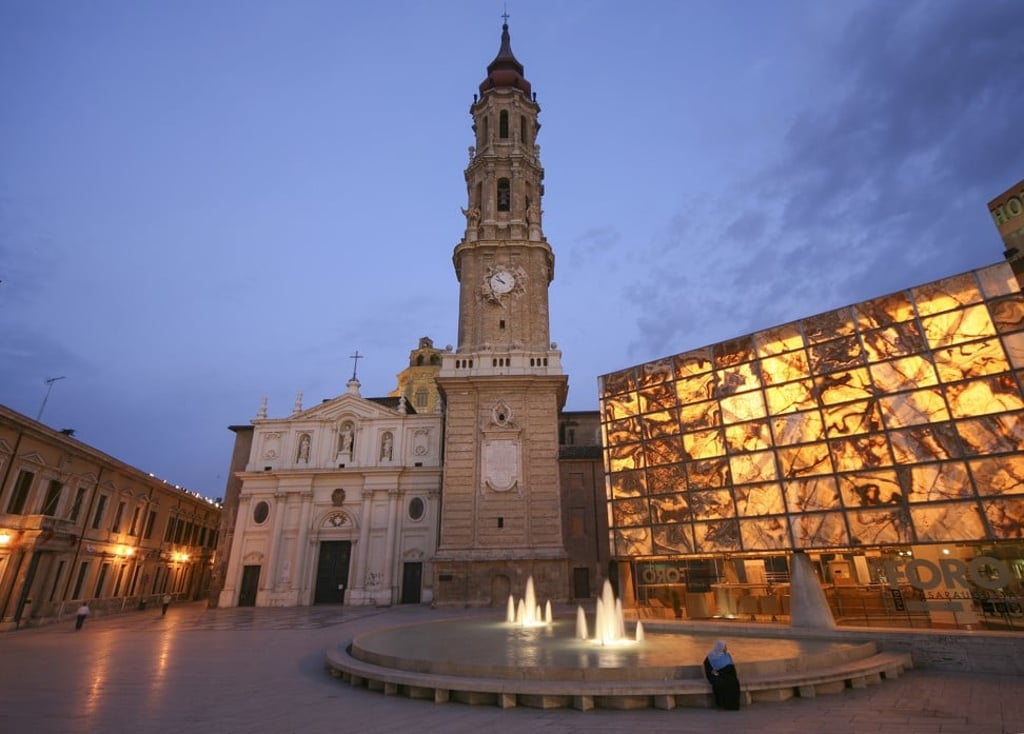Zaragoza: why Chinese flock to Spanish city – for Goya, history and squid sandwiches
Less than two hours from Barcelona and Madrid, city founded in Roman era has 2,000-year-old ruins, a Goya Museum, a stunning Baroque cathedral and a Moorish palace

The road from Barcelona to the northeastern Spanish city of Zaragoza takes the visitor through a desert of sun-bleached limestone hills. Ernest Hemingway was so struck by them, that he was inspired to write a short story, published in 1927, titled Hills Like White Elephants. Before these hills end, before we even reach the city, the spires of its most cherished symbol, the 17th-century Basilica of Our Lady of the Pillar, loom into view like a welcome-home sign.
Zaragoza is known for 40-degree-Celsius summers and wind-whipped winters. “They make cold weather in Zaragoza and export it to the rest of Spain,” quips Spanish comedian Leo Harlem.
But it as an attractive city, with architectural treasures spanning 2,000 years. According to mayor Pedro Santisteve, visitors come looking for culture, art and leisure, the identity of the City of Four Cultures having been shaped by Iberians, Romans, Moors and Christians. And thanks to an international airport and high-speed AVE train connections to Madrid and Barcelona, a growing number of overseas visitors are discovering its attractions.
Last year, Chinese visitors to Zaragoza outnumbered the French for the first time, a remarkable development considering France is just a short hop over the Pyrenees. Pedestrianised areas, cycle lanes, modern trams, tourist buses and even nighttime bus tours make Zaragoza an easy city to navigate.
The Plaza del Pilar is one of the largest pedestrian-only squares in Europe. It’s home not only to the basilica – a baroque giant on the banks of the Ebro River, and one of Spain’s Twelve Treasures – but also to the city’s other cathedral, the magnificent La Seo. More properly known as the Cathedral of the Saviour and consecrated in 1318, this Unesco World Heritage Site has had on it a Roman temple, a Visigoth church, a mosque and, finally, a Christian cathedral. The result is a glorious blend of Romanesque, Mudejar, Renaissance and Gothic styles.
